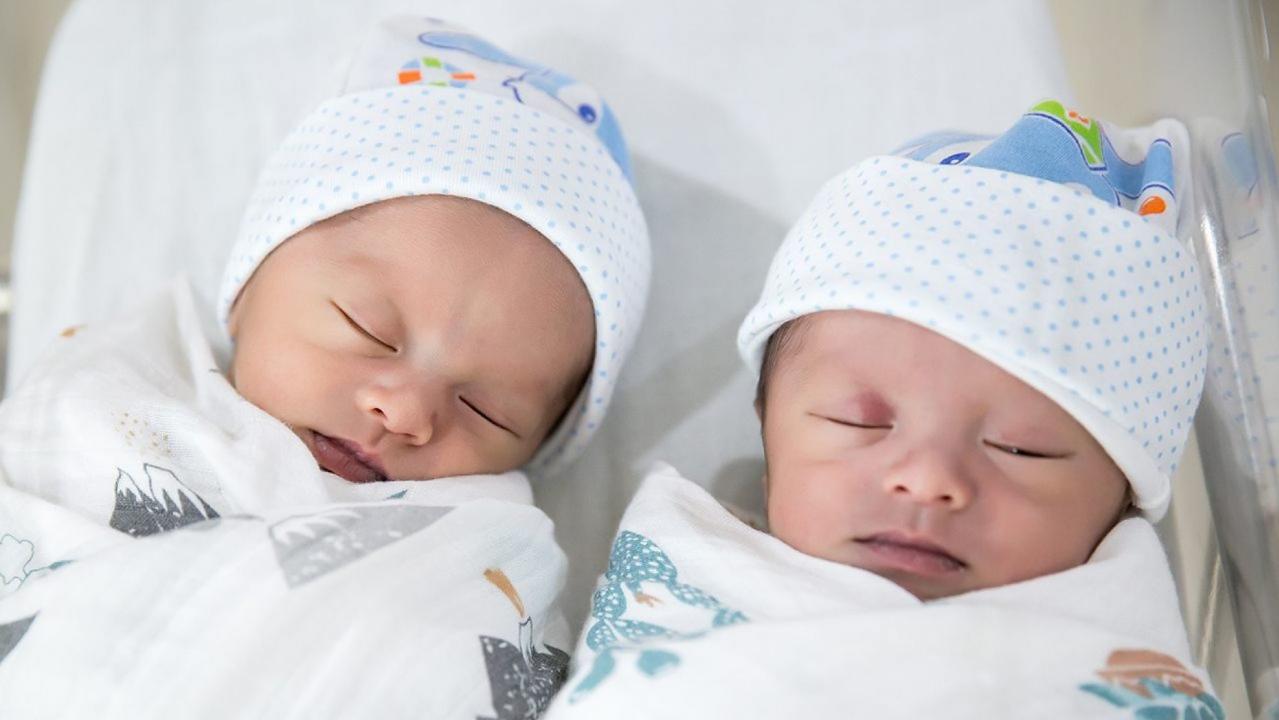[ad_1]
Semi-identical twins discovered in Australia
Australian doctors discovered an extremely rare pair of semi-identical twins during a woman’s pregnancy. The siblings share all of their mother’s DNA but only part of their father’s DNA.
A rare set of semi-identical twins – only the second set ever reported in the world – have been identified in Australia.
The now 4-year-old boy and girl from Brisbane share all of their mother’s DNA but only a part of their father’s DNA, making them identical on their mother’s side but fraternal on their father’s, a statement detailing the discovery said.
This was also the first time semi-identical twins have been identified during pregnancy, according to a case report recently published in the New England Journal of Medicine.
WORLD’S ‘SMALLEST SURVIVING BABY BOY’ DISCHARGED FROM HOSPITAL
Semi-identical twins, also called “sesquizygotic twins,” were first discovered in the U.S. in 2007.
“It is likely the mother’s egg was fertilized simultaneously by two of the father’s sperm before dividing,” Nicholas Fisk, a professor at the University of New South Wales in Australia, said in an online statement. Fisk is a fetal medicine specialist who led the fetal medicine team that cared for the mom and twins and worked alongside clinical geneticist and lead researcher Dr. Michael Gabbett on the case report.
When one egg is fertilized by two sperm, it creates three sets of chromosomes — “one set from the mother and two from the father,” Dr. Gabbett explained.
“Three sets of chromosomes are typically incompatible with life and embryos do not usually survive,” he added. “In the case of the Brisbane sesquizygotic twins, the fertilized egg appears to have equally divided up the three sets of chromosomes into groups of cells which then split into two, creating the twins.”
MOM WHO SUFFERED HEART ATTACK WHILE PREGNANT WARNS ABOUT RARE CONDITION
Doctors caught on to the semi-identical twins during the mother’s routine ultrasounds back in 2014. Her ultrasounds at six weeks indicated she was expecting identical twins, but the 14-week scan “showed the twins were male and female, which is not possible for identical twins,” Fisk said.
The 28-year-old woman was a mother for the first time and had conceived naturally, BBC reported.
To make sure there weren’t other semi-identical twins who hadn’t been identified previously, doctors examined genetic data from 968 fraternal twins and their parents but found no other examples of the phenomenon.
“We know this is an exceptional case of semi-identical twins,” Fisk said. “While doctors may keep this in mind in apparently identical twins, its rarity means there is no case for routine genetic testing.”
[ad_2]
Source link

